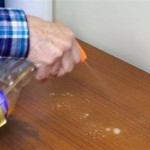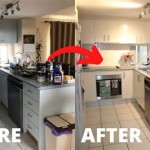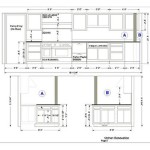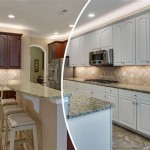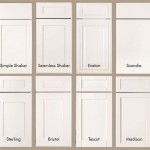Replacing Kitchen Cabinets DIY: Essential Aspects to Consider
Replacing kitchen cabinets is a significant home improvement project that can transform your kitchen's aesthetics and functionality. While this task may initially seem daunting, it is possible to tackle it as a DIY project with careful planning and execution.
Here are some essential aspects to consider before embarking on a DIY kitchen cabinet replacement:
1. Planning and Preparation
Thorough planning is crucial for a successful DIY kitchen cabinet replacement. Start by measuring the existing cabinets precisely and determining the sizes and styles of the new ones. Consider the layout, including the placement of appliances, sinks, and drawers. Create a detailed plan to avoid costly mistakes.
2. Cabinet Selection
Choosing the right cabinets is essential for durability, functionality, and aesthetics. Consider the material, such as wood, laminate, or thermofoil. Determine the door style, hardware, and finishes that complement the overall design of your kitchen.
3. Demolition
Before installing new cabinets, you need to remove the existing ones carefully. Turn off the water supply and disconnect any electrical wiring. Remove the doors, drawers, and shelves. Use a pry bar or crowbar to gently detach the cabinets from the walls and floor.
4. Cabinet Installation
Installing the new cabinets requires precision and attention to detail. Start by securing the base cabinets to the floor using screws. Install the wall cabinets by attaching them to the wall studs or using a cleat system. Ensure the cabinets are level and aligned using a level and measuring tape.
5. Countertop Installation
Once the cabinets are in place, you can install the countertop. Measure and cut the countertop to fit the space accurately. Secure it to the cabinets using adhesives and screws. Seal the joints between the countertop and cabinets for a professional finish.
6. Backsplash Installation
The backsplash adds a decorative touch to your kitchen and protects the walls from splashes and dirt. Choose a material that complements the cabinets and countertop, such as tile, glass, or metal. Use adhesive or mortar to install the backsplash, ensuring a clean and secure fit.
7. Hardware and Accessories
Finally, add the finishing touches by installing cabinet hardware, such as knobs, handles, and hinges. Choose hardware that matches the cabinet style and adds personality to your kitchen. You can also include accessories like under-cabinet lighting, pull-out drawers, and lazy Susans to enhance functionality.
Remember, replacing kitchen cabinets DIY requires patience, attention to detail, and a willingness to learn. By following these steps and seeking professional advice when needed, you can transform your kitchen into a beautiful and functional space on a budget.

How To Install Kitchen Cabinets Diy Family Handyman

How To Install Upper Cabinets Like A Pro Cabinetselect Com

Diy Cabinet Refacing Budget Friendly Made Easy Wisewood

How To Install Kitchen Cabinets The Home Depot

Diy Kitchen Cabinets 25 And Easy Ideas For An Update Joyful Derivatives

Diy Kitchen Cabinets Makeover How To Install New Cabinet Glass Inserts

Kitchen Diy Shaker Style Cabinets Cherished Bliss

Diy Kitchen Cabinets Vs Home Depot House And Hammer

Install Replace Kitchen Cabinets By Yourself Easy Home Mender

Diy Cabinet Refacing Budget Friendly Made Easy Wisewood
Related Posts

